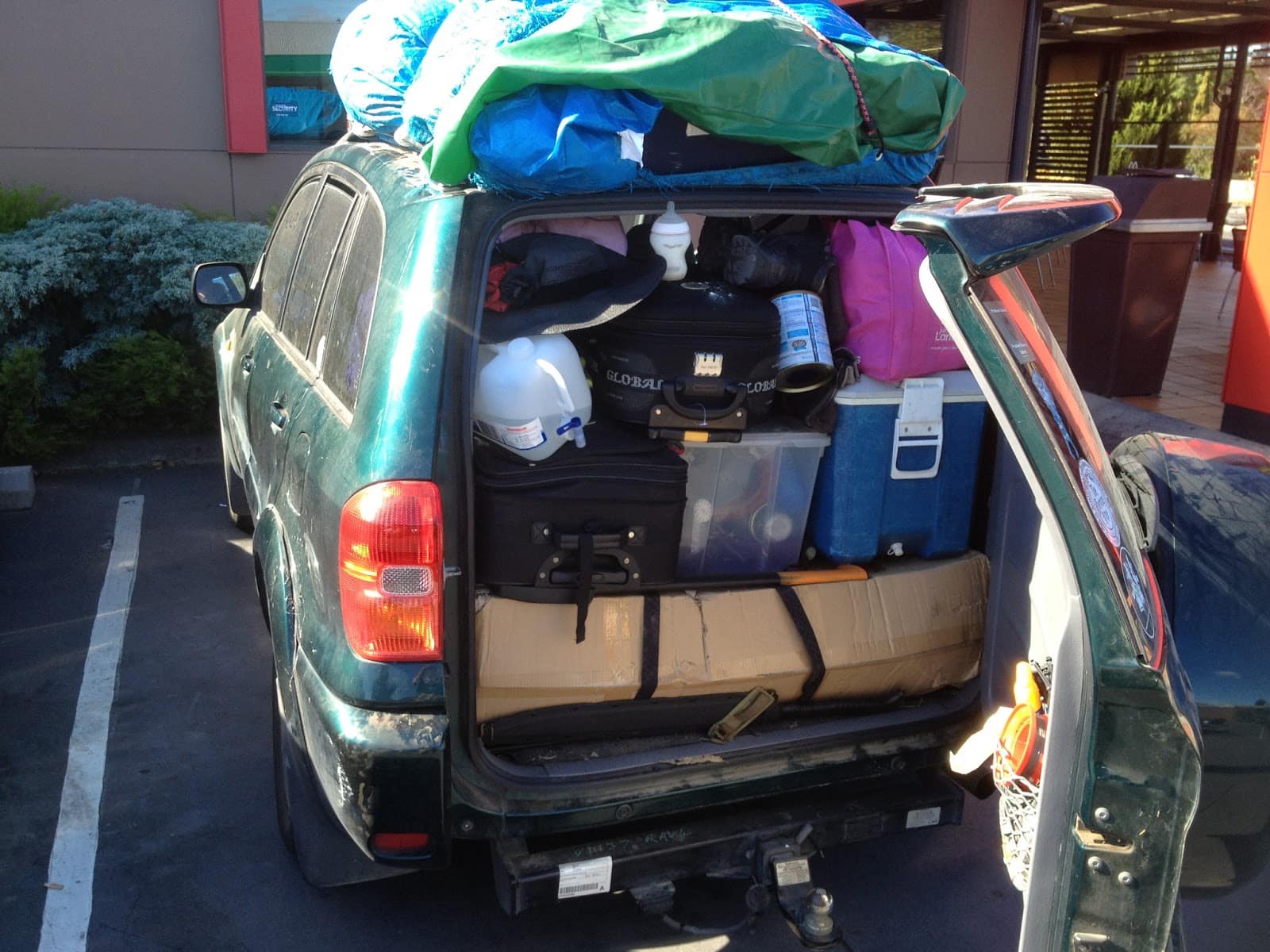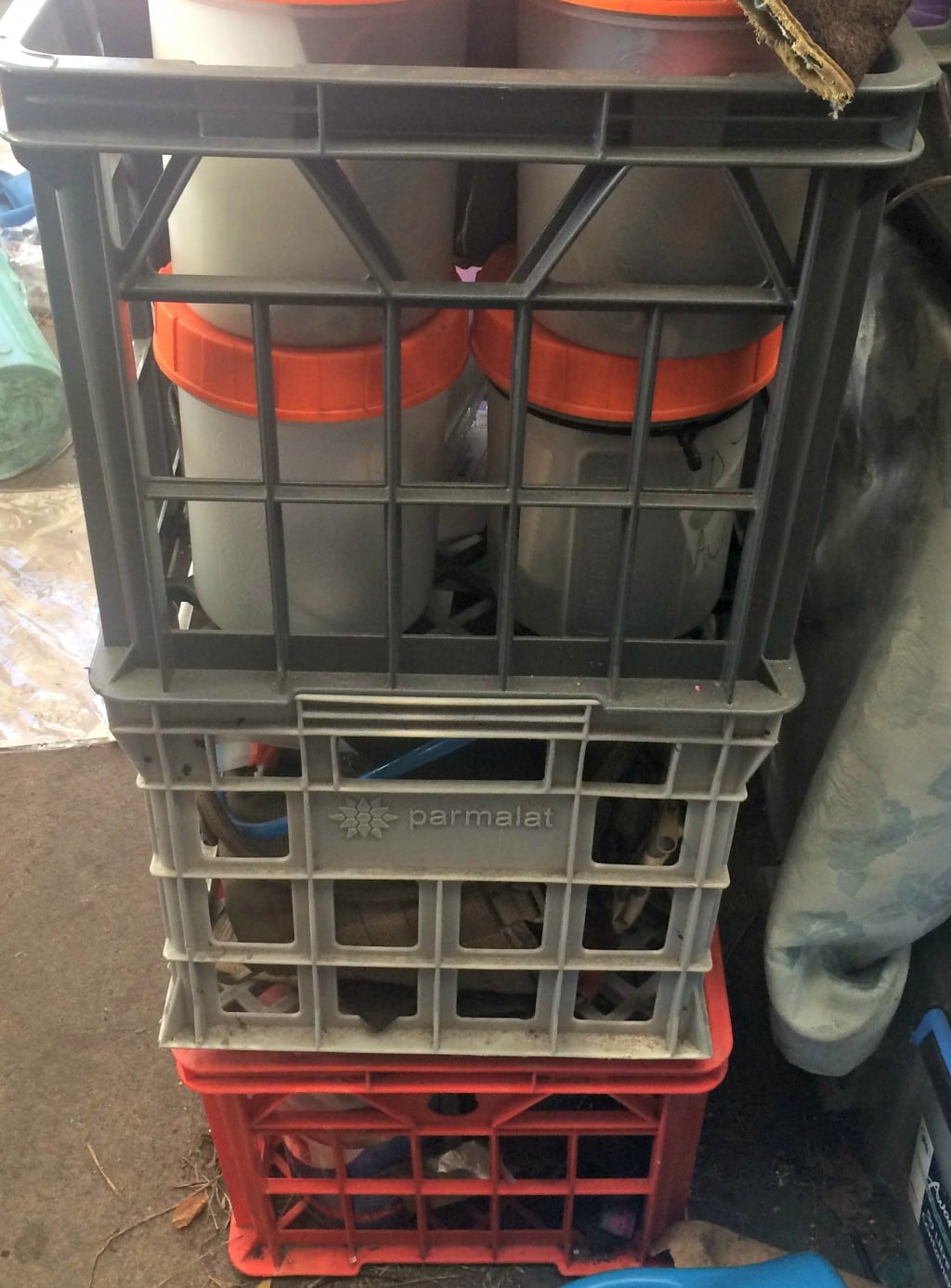 |
| On our way in the BattleWagon to see Fury Road at the Drive-In |
As first seen on BreachBangClear (they've gotten a lot of content from me recently, yay)
I've been pondering what, if anything to write about this movie. I grew up mostly overseas, away from my native Australia. When
Mad Max: Beyond Thunderdome came out in 1985, I was 9 and living in the UK, about to move back to Australia for the second time. Being a 8-9 yo Australian ex-pat in the UK at the time I had this, the
1981 Galipoli movie, and
pre-Crocodile Dundee Paul Hogan as my cultural identifiers. The Mad Max movies were rather seminal in my appreciation of what it meant to be Australian (read into that what you will), my views on prepping, survival and self-reliance. So, as you might imagine, I had high hopes, and expectations for the new movie.
I'm not so much going to critique its story or plotlines (which I enjoyed), its cinematography (amazing) or even the sets, props and setting (tremendous) although I will touch on them all. Instead, I'm going to write about the -cultures- portrayed. Hopefully, that will pretty much leave you with a spoiler-free review, rich with material to consider.
 |
| It's good to be part of the Gang |
The World: The opening introduction sets the scene for the movie, and the setting. Oil Wars, then Water Wars as resources literally dried up, and were lost, first by the wars themselves, which escalated to nuclear exchanges, then the environmental disasters that followed. Fallout is not explicitly mentioned, but I'll get to that when it comes to the people.
Civilization - All regulated civilization, recognizable national governments and services are long gone by the time the movie begins. Cities are emptied and abandoned, roads and infrastructure are gone. Manufacturing is all but gone, salvage and recycling are the golden rules for materiel.
Weather - With the loss of potable and agricultural water, which appears to be a widespread and catastrophic, we see vast deserts and dust-bowl type conditions. Vast storm fronts roll over the land, with sufficient force to destroy medium sized vehicles outright, and with enough frequency that travelers have masks and goggles handy and use them with casual efficiency that tells of lots of practice.
Water - Water is almost, if not more a valuable resource in this world as fuel, much in the way that it is represented in Thunderdome, (
and Tank Girl). It is the basis of the major antagonist's (
Immortan Joe) power, and is used to great effect by the gratuitous display of turning it on and off for his followers.
Food - As I often say, where there is water, there is life. Where there is no water, there is no life. With no arable land and no water, where does the food come from? They grow it, very, very carefully and securely. This brings us to the Factions.
The Factions:
 |
| Swiped from Village Roadshow |
The Citadel - Immortan Joe's Citadel is based around what appears to be the remnants of a aquifer pumping station. They have vast reserves of water, literally to tap, and we get a good look at the layout of their stronghold. High,
virtually unassailable mesa honey-combed with tunnels and caverns, including hydroponic farms, controlled environment vaults and enough space to house an army. They have water, food and manpower. Throngs of peasants live outside the Citadel, dependent on the water and food provided, and also opportunities to improve their station in life. Soldiers, workers, breeders and "milkers". (yep, be on the look out
for the hu-cows), and "Mothers-Milk" references. Without water and food, there are no people.
Guzzoline Town - Source of fuel for triumvirate of power, they produce the guzzoline (read petrol/gasoline) guzzled by all the various bikes, cars, trucks and rigs in the movie. They do trade with the other two major Factions with their valuable commodity, and presumably, have to import everything else. Without fuel, you can't move anything across this wasteland. You can't mobilize your armies, warbands or scouts.
 |
| Swiped from Village Roadshow |
Producing fuel takes skill, and resources to produce, so their power base is secure and essential for all three Factions.
Bullet Farm- We don't see much about Bullet Farm, but from what we do see, and the name, we can assume that they are a weapons and munitions manufacturing facility. In the wasteland, we see that ammunition is precious, and not always reliable. Having a manufacturing base lets you arm your army, so the have a solid power-base as well, but are ultimately dependent on both the Citadel for food and water, and Guzzoline Town for fuel and transport. They can certainly arm and front a mighty force, but without fuel of food, they wouldn't be able to function. Nor could The Citadel or Guzzoline Town protect their interests without Bullet Town's bullets.
Raiders - Bands of scavengers, unaffiliated with any of the three Factions still roam the wasteland, preying on the convoys, picking off stragglers and no doubt raiding the three Factions from time to time. Highly mobile, poorly equipped and desperate They probably represent the most regular threats to the Factions or others in the Wilderness.
Loners - This is where Max falls. He's on his own, doing his own thing, surviving just for himself, and by himself. He is outside of civilisation, such as it is, and wants nothing more than to be alone. Who knows how many loners still exist out in the world, but odds are, they're few in number, given the hardship they face.
 |
| Swiped from Village Roadshow |
Classes:
 |
| Swiped from Village Roadshow |
Faction Head - The Triumvirate are lead in turn by Immortan Joe, The People Eater and The Bullet Farmer. They rule their own domains, and only by their truce, and personal history is their world held together. Immortan Joe has founded his own Valhalla cult to perpetuate his power, as well as Joe's own personal drive to keep a pure and un-fallout contaminated bloodline going, with his Wives.
Imperator - These are the
commanders of the Factions, who are charged with overseeing operations and trusted with both secrets and access. They get the best equipment, vehicles and even cybernetic / prosthetic repairs.
Wives - Joe's prized breeding stock, and presumably parents (in some iteration) to some of the other members of Joe's Faction, (at least
Rictus Erectus), they may also represent a breeding program to repopulate the world, or at least Immortan Joe's little part of it with mutation free offspring.
 |
| Swiped from Village Roadshow |
WarBoyz / WarDogs - Joe has filled his Citadel with his followers the WarBoys who follow the Cult of the V8 (look for the clasped hands in prayer with eight fingers up) with their sacred wheel icons and brands), They also get called the Half-Life boys (probably due to
radiations sickness) who are motivated by wanting to gain access to Valhalla by performing well, and dying in glory for Joe. They are all shaved-headed (or bald) and white-washed. Strange cultish behavior (like spraying their mouths with chrome paint to be "Shiny and Chrome" and calling for witnesses when they enact their final brave acts will the catch call of "Witness Me!" to ensure they get clear entry into Valhalla. Not bad for a loyal army of disposable soldiers.
WarPups - The Citadel is filled with too-young-to-fight kids done up like the WarBoys, doing tasks around the Citadel. They serve, earn their places and hope to eventually be promoted to WarBoy status.
Mechanics - The makers, repairers and resurrection artists of old and broken technology. Called "black-thumbs" they are a valuable and needed part of the community, and even other
The great unwashed - The peasants that live around the Citadel (and other Faction Towns) who try to gain entry, curry favour, beg for food and generally be pathetic hangers-on and potential workforce for the Factions. They also represent a breeding pool, and source of more specific resources (Mothers Milk, for one)
 |
| Swiped from Village Roadshow |
BloodBags - This is one of the interesting aspects in Fury Road. Because the WarBoys/ HalfLife Boys are apparently chronically radiation poisoned, and suffer from what appears to be leukemia, they capture and harvest donors, to rejuvenate and refresh the ailing HalfLife boys. Early on, Max is found to be a
universal donor marking him as a very valuable commodity, even given his savage reactions.
Gear:
The kit - Salvaged and many-times repaired is the order of the day. Nothing new, fresh or in fact "Shiny and Chrome" except for a very few precious items. Given the desire to reach Valhalla, the WarBoys forsake almost any kind of protective gear, other than masks and goggles, to ensure they are effective, capable and impressive to gain entry, and Joe's approval. Imperator Furiosa sports a prosthetic arm, and both Immortan Joe and his son, Rictus, sport lavish air-filtration systems, to keep them contaminant free.
The vehicles - Almost characters in their own right, the vehicles of Fury Road hold true to the legacy of the first thee movies. Heavily modified, performance and off-road capable, with arms and armour that you'd expect, as well as nitrous-enhanced and lots of turbo charging to boot.
The weapons - Guns are few and far between, with only bosses and hero's wielding them, with the majority of the fighters having the wrist-crossbows, spears and hand-weapons we've come to expect from the Mad Max movies. Ammunition is a critical resource, and you feel every bullet the main characters have (with the exception of the Bullet Town bosses party, but hey, they MAKE the bullets, why not go a bit overboard). Explosive tipped lances were a nice touch though, and the brutality of the world is really indicated by the way people fight.
The effect Mad Max Fury Road had on us when we went to see it; two parent types who grew up with the end of the Cold War and all the Apocalyptic cinema that came with it, two young adults who were fresh to the genre , and Tactical Baby who didn't think it was funny when I laughed at the car-crashes, all at the drive-in, all in costume, was evident, we loved it, and were captivated by the cinematography, the action, and the impact of it all. We were left with just one question... "Who killed the world?"
We did.
WITNESS!

















































